Setting up a WebRTC softphone in QueueMetrics
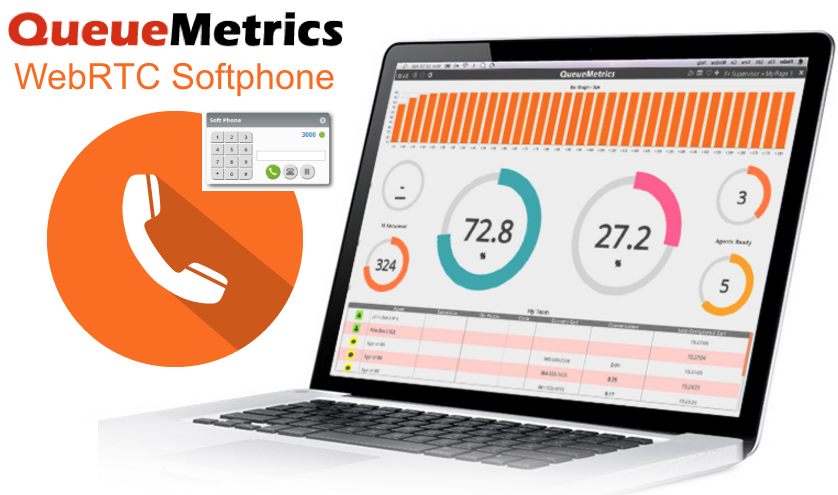
The following guide details how to set up QueueMetrics’ WebRTC softphone.
For the scope of this tutorial we will be working with the FreePBX distro “FreePBX 13.0.190.19” that runs “Asterisk 13.14.0”.
NOTE: The suggested way to run WebRTC on modern Asterisk systems is to use the PJSIP channel driver.
Unless you have a good reason to do it differently, or run an old version of Asterisk, please see an updated guide here:WebRTC set up using PJSIP
Prerequisites
All you need is a running version of FreePBX Distro and a QueueMetrics installation or a QueueMetrics Live instance.
If using a normal QueueMetrics installation, please make sure that you have HTTPS access to it.
Configuring FreePBX
We start by creating an extension and a user linked to it.
Login in the FreePBX administration page and go to:
Applications -> Extensions -> Add extension -> Add new Chan_SIP extension
There we enter the data we want for our extension and linked user.
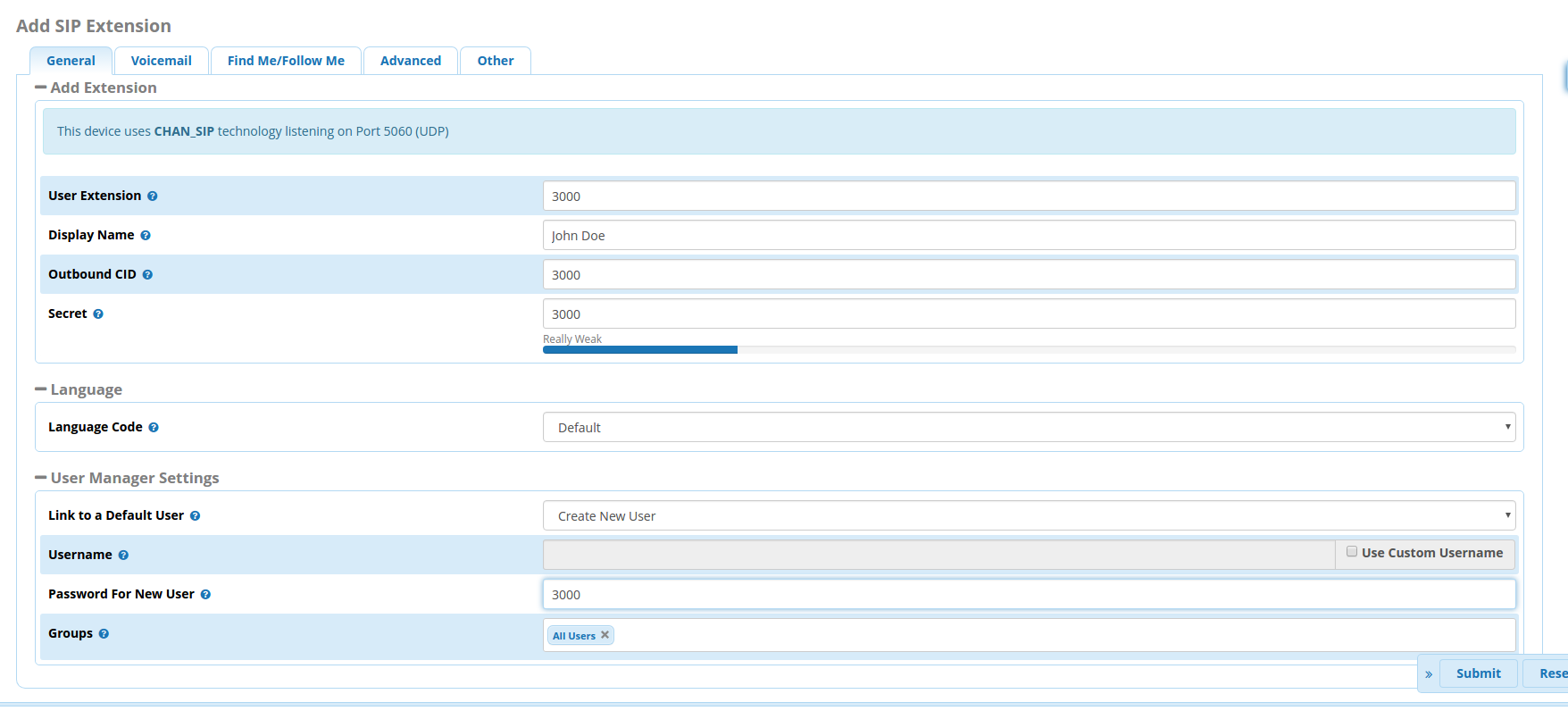
Click on Submit and then Apply Config to finalize the extension creation.
We then need to enable WebRTC for this extension so we click on the edit symbol under Actions and we go to the Advanced tab.
Here we need to set the following options:
Transport must be set to All - WSS Primary
Enable AVPF must be set to yes
Enable ICE Support must be set to yes
Enable DTLS must be set to yes
Click On Submit then on Apply Config

Now we need to go to Admin -> User Management to enable WebRTC for this user.
Click on the Edit Symbol under Action then go to the UCP tab.
From there we go to the WebRTC tab and set Enable WebRTC Phone to yes.
We click on Submit then Apply Config.

Now we need to Enable the TLS mini-HTTP server to allow HTTPS connections to Asterisk.
Go to Settings -> Advanced Settings
and set Enable TLS for the mini-HTTP Server to yes.
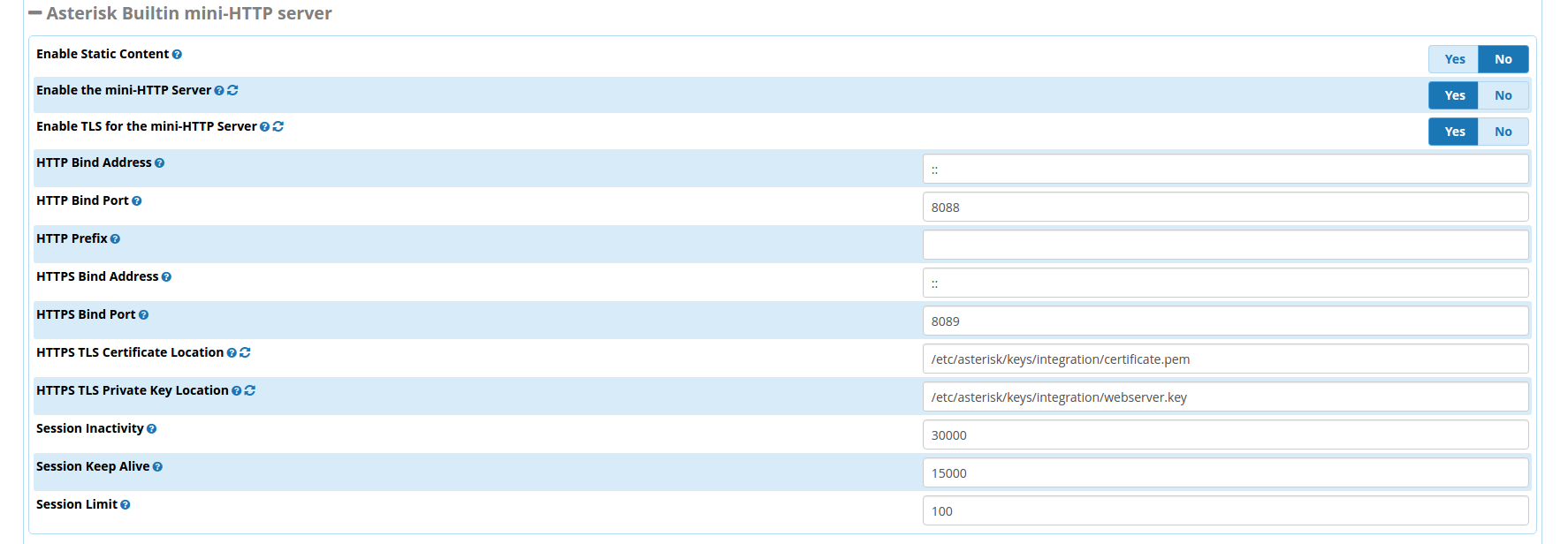
The only thing left to do is to create a Self-Signed Certificate to pair with our WebRTC extension.
we go to Admin -> Certificate Management -> New Certificate -> Generate Self-Signed Certificate

After we generate the certificate we set it as the Default Certificate by clicking on the Default Column.
This will ensure that the extension and the user both use the correct certificate. If you don’t want to set this certificate as a default certificate, you can either use your previous default certificate or change all the reference to the new self-signed certificate from the advanced settings of the extension and the WebRTC tab in the User Settings.
This is all for the FreePBX setup, now we will take a look at the QueueMetrics setup.
Configuring QueueMetrics
To Create and agent, linked to the Asterisk Extension we created earlier, go to Edit Agents -> Create New.
We call the agent Agent/3000 and fill in the Agent Description field as we please. We then fill the following fields:
WebPhone Username with the username we previously set (in this case 3000).
WebPhone Password with the password we previously set (in this case 3000).
WebPhone Realm with the address of our FreePBX machine. (in this case 10.10.5.164).
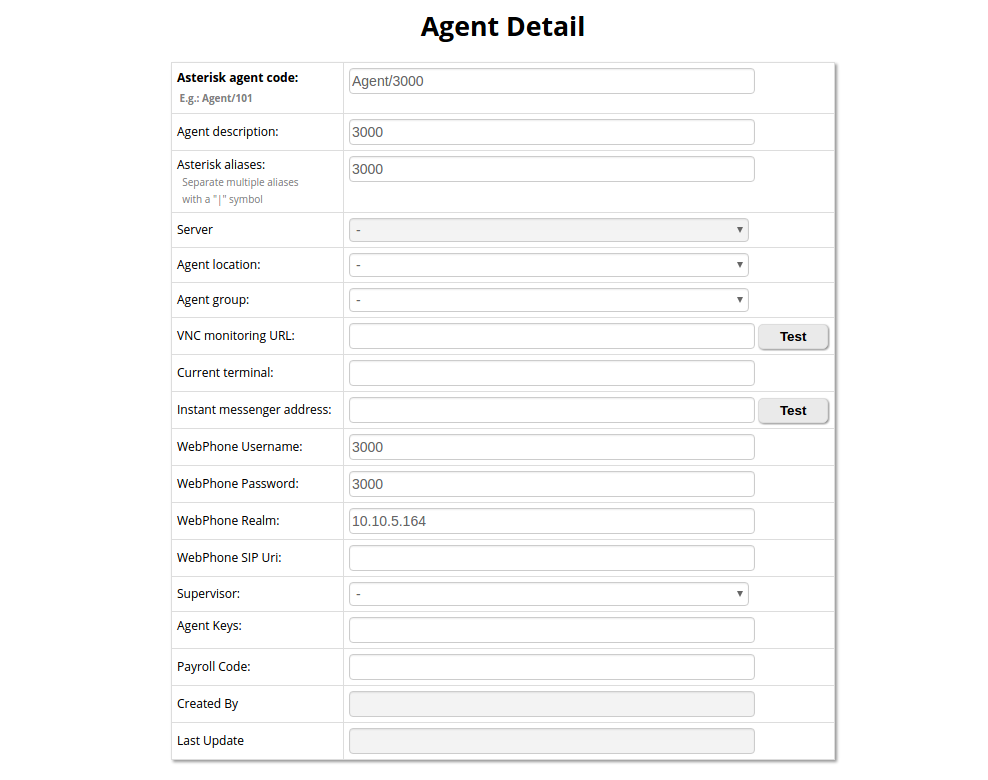
We click on Save then go back to the Homepage.
Now we need to create a User for Agent/3000, so we go to Edit Users -> Create New.
We set the Login field to 3000, the Password to 3000 and we set the Class field to AGENTS.
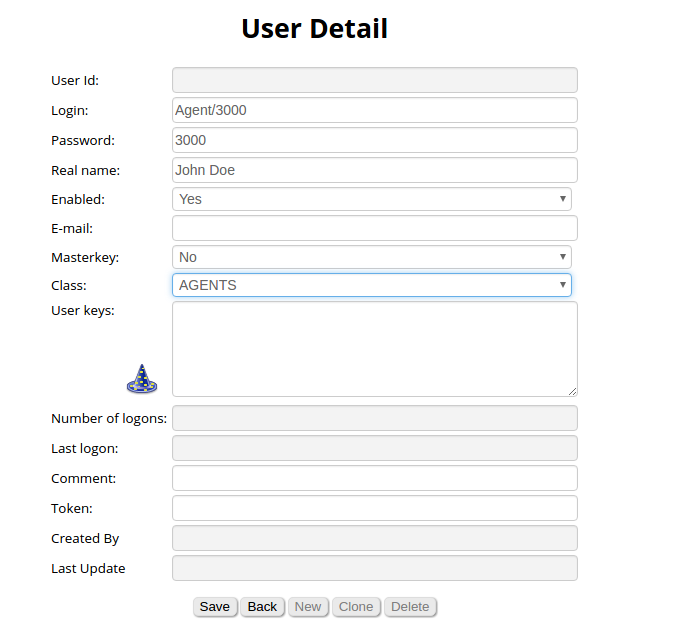
We click on Save and we go back to the homepage.
The last thing we need to do is set three parameters in the configuration properties file. We go to Edit System Parameters and append the following to the end of the file.
default.sipaddress=10.10.5.164
default.websocketurl=wss://10.10.5.164:8089/ws
default.rtcWebBreaker=true
Using the correct IP address for our FreePBX machine. Then we Save our file.
Now we’re good to go! We log out of our QueueMetrics Administrator Account and we login as Agent/3000.

From the Widget Menu we select Soft Phone and here is our WebRTC client.

QueueMetrics References
For more information about QueueMetrics call center solution please refer to the User Manual.
Visit www.queuemetrics.com for a 30 days full featured trial.
keyboard_arrow_left Back